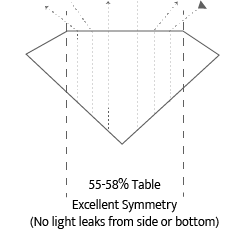My Account
With an account, you can track order status online, view purchase history, receive promotions, and manage warranties.
Log in or Create an accountMy Account
With an account, you can track order status online, view purchase history, receive promotions, and manage warranties.
Log in or Create an accountShop in Your Preferred Destination and Language
Welcome to Vivienne Diamant Official Site
Your are currently in #SHIPTO# / #CY#/ #LG# store
Click below to change destination
Click below to change language
Click below to change currency
We currently deliver to 25 countires or regions and offer 4 language choices.
Ship to Location
Pricing, promotions, shipping charge, import duties , and product availability may vary by location. Items in your bag will be transferred based on availability.
Unable to receive OTP
If you are unable to receive OTP, please do the following before contacting us:
1. Check the bin of your email inbox
2. Add cs@vivienne-diamant.com to your address book to ensure that you receive our emails in your inbox
Email us
Shopping Preference: France Change
Jewellery Guide
Diamond
The value of a diamond is determined by its quality level. No two diamonds are identical. Each diamond has its own unique trait. The globally recognized standard for assessing diamond quality is 4C, including Cut, Clarity, Colour, and Carat.
Whether it is a central diamond or a side diamond, the diamonds used in Vivienne Diamant jewellery works are assessed according to the 4C standard:

All diamonds of Vivienne Diamant must have VS2 or better in terms of Clarity.
All diamonds selected by Vivienne Diamant must have F or better in terms of Colour.
Total carat of a diamond varies according to the design.
For jewellery whose central diamond is or above 0.3 carats, GIA (Gemological Institute of America) diamond certificate would be provided.